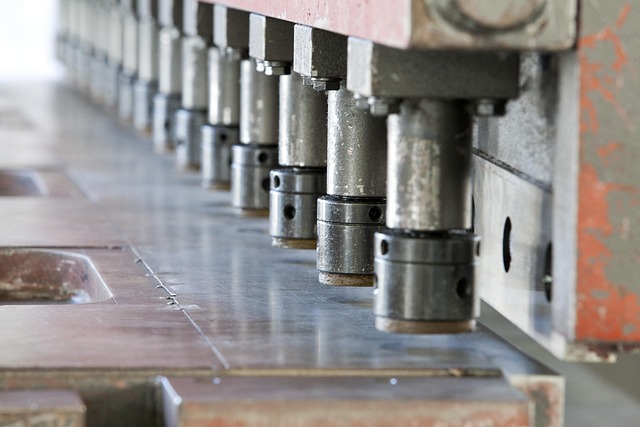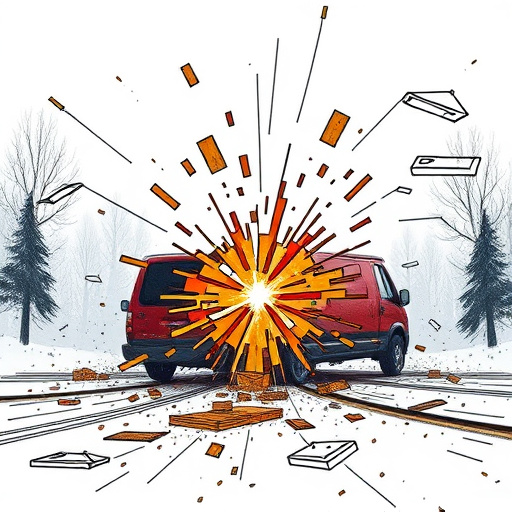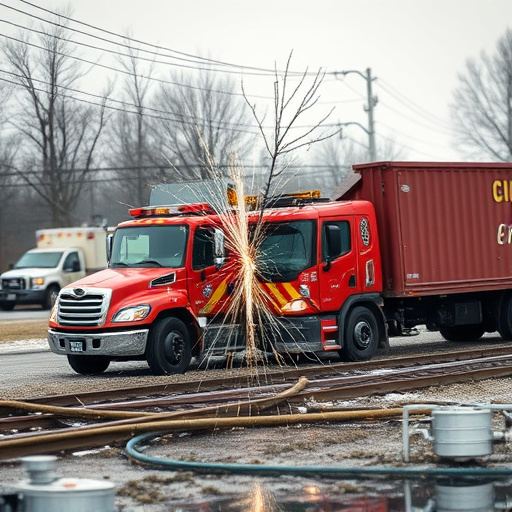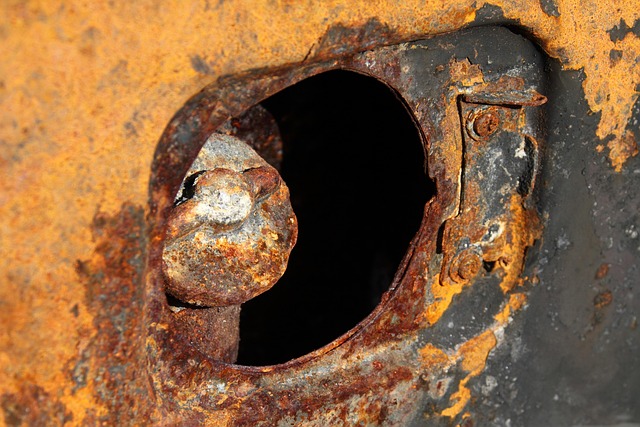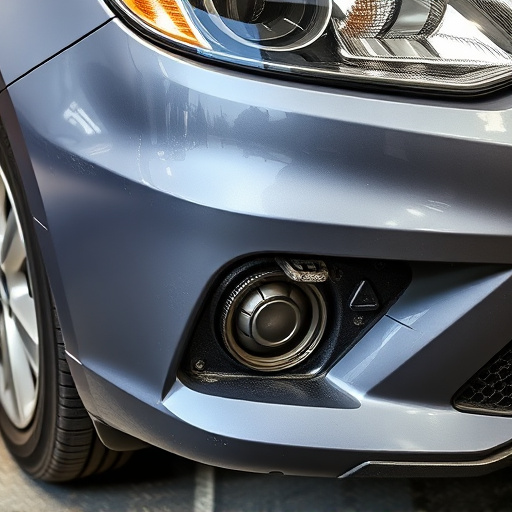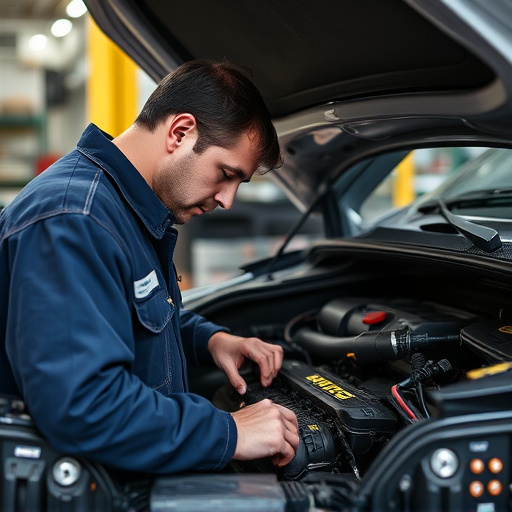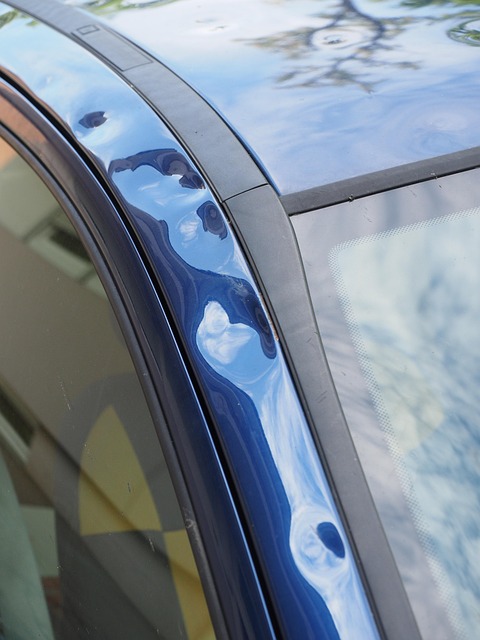Winter poses challenges for acoustic glass repair due to cold temps, frost, snow. Proper prep including de-icing, heating surfaces, choosing correct materials is crucial. Skilled technicians can adapt methods for effective repairs. Balancing cost savings vs. replacement is key, considering factors like weakened adhesive bonds and moisture buildup in cold weather. Advanced materials and technologies offer superior durability year-round. Regular cleaning and inspection prevent extensive repair needs.
In the chilly grip of winter, is pursuing acoustic glass repair still a sensible course of action? This season presents unique challenges, affecting both traditional repair techniques and the overall performance of acoustic glass. However, with careful consideration, repairs can be successfully completed year-round.
This article explores the impact of winter on acoustic glass, delves into the pros and cons of repair vs. replacement in cold weather, and introduces innovative solutions for maintaining optimal acoustic performance regardless of the season.
- Winter's Impact on Acoustic Glass Repair Techniques
- Pros and Cons of Repair vs. Replacement in Cold Weather
- Innovative Solutions for Year-Round Acoustic Glass Maintenance
Winter's Impact on Acoustic Glass Repair Techniques
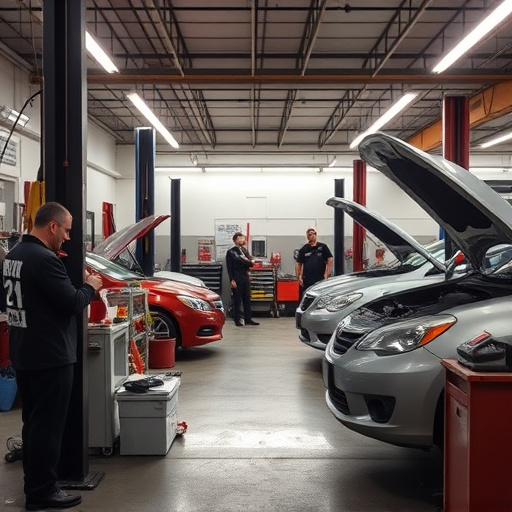
Winter can pose unique challenges for acoustic glass repair professionals. The cold temperatures and potential frost or snow can affect both the repair process and the final results. In colder climates, it’s crucial to ensure that glass surfaces are free from ice and properly heated before attempting any repairs to maintain the integrity of the seal. Proper preparation is key; this includes using de-icing agents and warming the glass to prevent rapid temperature changes that could lead to weaker bonds or distorted sound quality.
Unlike vehicle paint repair or fender repair, which might require specialized equipment for cold weather adjustments, acoustic glass repair techniques remain consistent but demand extra care during winter. Professionals skilled in car dent repair methods can adapt their approaches to account for the seasonal conditions, ensuring that repairs are effective and long-lasting. This involves choosing the right materials, maintaining proper humidity levels, and following recommended curing times to guarantee optimal sound performance even in wintry environments.
Pros and Cons of Repair vs. Replacement in Cold Weather
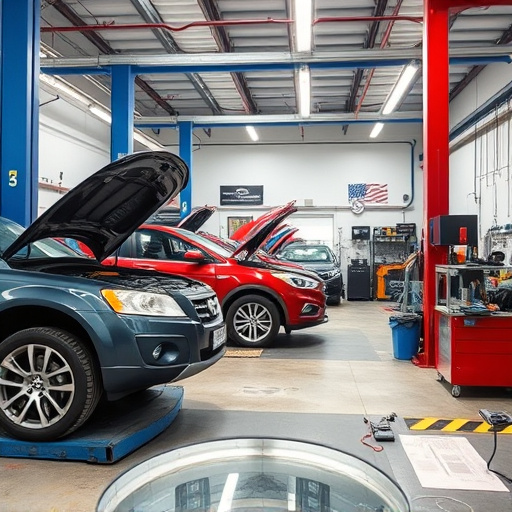
When considering acoustic glass repair during winter, weighing the pros and cons against replacement is crucial. One advantage of repairing acoustic glass is cost-effectiveness—it’s often more affordable than full replacement, especially for minor issues like cracks or scratches. This is particularly relevant when it comes to car repair services, as owners may be hesitant to replace entire windows due to high costs. Additionally, scratch repair can restore the window’s aesthetics, maintaining its original appearance and enhancing the vehicle’s overall value.
On the other hand, cold weather presents unique challenges for acoustic glass repair. Extreme temperatures can affect the adhesive properties used in repairs, potentially leading to weakened bonds that may not hold up over time. Moreover, during winter, moisture buildup inside vehicles is common, which can impede proper repair and even cause further damage. Therefore, while acoustic glass repair offers financial benefits, it’s essential to consider these cons, especially when dealing with a car repair shop that guarantees high-quality service in all seasons.
Innovative Solutions for Year-Round Acoustic Glass Maintenance
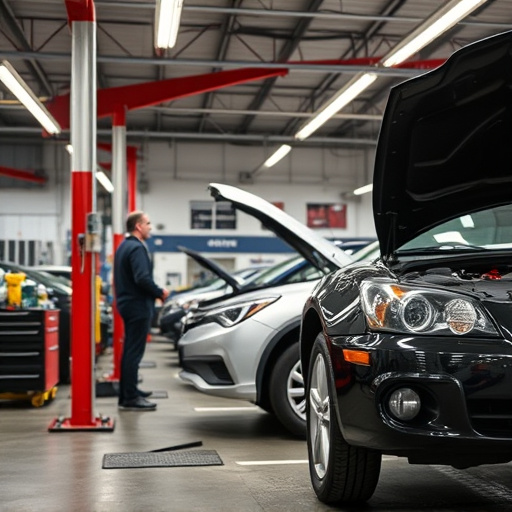
The quest for maintaining acoustic integrity throughout the year doesn’t have to end with the arrival of winter. While traditional acoustic glass repair methods have long been a go-to solution, innovative approaches are now available that cater to year-round care. These cutting-edge techniques not only address damage but also enhance the overall sound quality of spaces, making them ideal for both residential and commercial settings.
One such advancement is the integration of advanced materials and technologies in auto glass replacement and car body repair processes. These modern solutions offer superior durability and insulation properties, ensuring that your space remains quiet and comfortable during the colder months. Additionally, focusing on preventive measures like regular cleaning and inspection can significantly reduce the need for extensive acoustic glass repair, making it a practical strategy for any property owner concerned with noise reduction.
While winter can present challenges for acoustic glass repair, it doesn’t necessarily render it obsolete. With innovative techniques and year-round maintenance strategies in place, maintaining optimal sound quality in your space remains achievable. Balancing cost, time, and environmental impact, whether choosing to repair or replace, ensures a quieter, more comfortable environment throughout all seasons. Embracing these modern solutions allows us to continue pursuing acoustic glass repair, even during the colder months.
